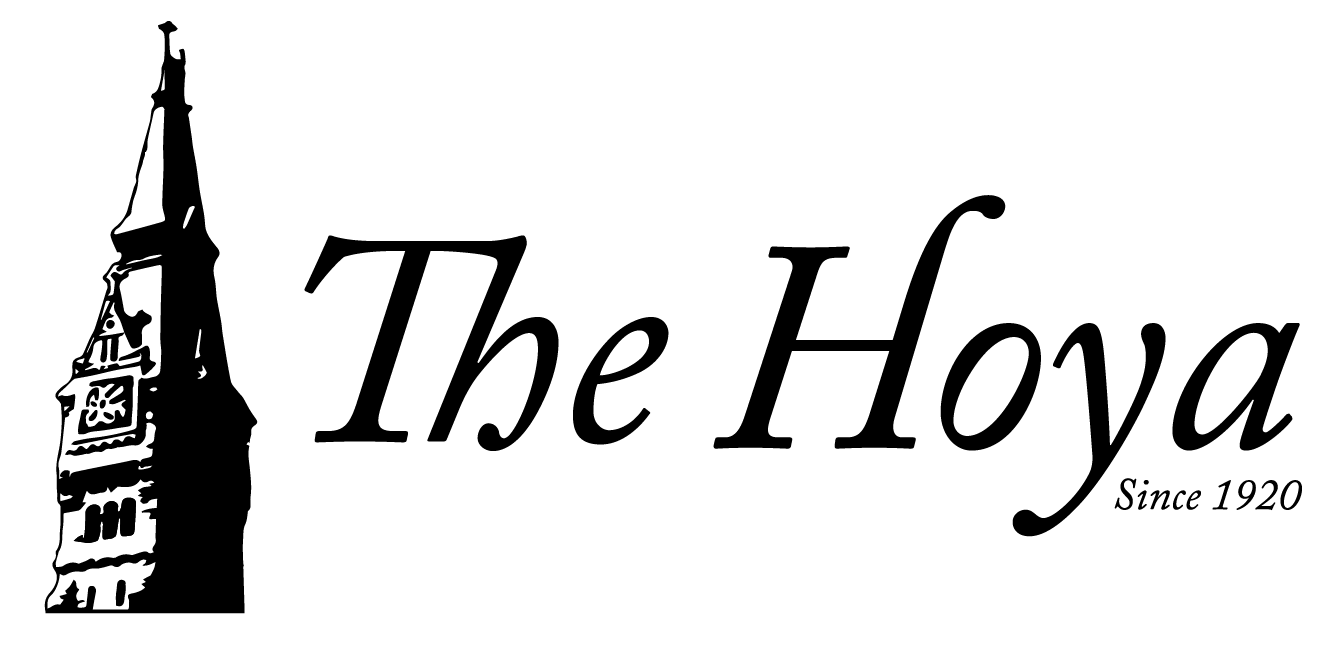Are you tired of paying for cable television channels that you never watch? Then you’ll be pleased to know that FCC Chairman Kevin Martin recently spoke out in favor of a la carte pricing. His recommendation could lead to a mandate from Congress requiring cable and satellite companies to unbundle their service packages and let consumers purchase each network individually. But before anyone changes the channel, let’s flip through the repercussions of such a move.
Conservative pro-family groups and liberal consumer advocacy groups are two big parts in a coalition so ragtag it makes Iraqi army cadets look like West Point drill sergeants. But these varied interests who favor a la carte pricing for wildly different reasons don’t realize that there’s a good chance that unbundling will reduce consumer choice and increase people’s cable bills – two counterintuitive and disastrous outcomes.
The biggest misconception about cable bundling is that it “forces me to pay for channels I don’t want.” There are many reasons why companies bundle their products, but it actually hurts a company to include unwanted items in a bundle. If a customer will pay up to $5 for a gallon of milk, and nothing for a loaf of bread, stores still cannot charge that customer more than $5 for the milk and bread together. Therefore, the store will sell the milk for $5 and sell the bread to someone else, making more money than if they’d bundled the milk and bread together.
Because of this fact, there’s a reason that cable and satellite companies offer hundreds of channels, even though according to the FCC, the average household only watches 17. Networks have two different income sources. Cable providers pay for the right to air the programming, and advertisers pay to promote their products.
But many of the fringe stations charge cable companies small amounts of money, simply thankful for the opportunity to broadcast and show ads to the few viewers they draw. Cable companies are then happy to add the small network to their lineup, because it costs them essentially nothing to send it to homes that have cable already.
This wide variety of small networks increases total viewership, because many people like to channel surf if nothing worthwhile is on their favorite channels. Since a larger audience means networks can charge advertisers more, they charge cable companies less, which results in lower cable bills. Under a la carte pricing, if these channels are dropped advertisers will demand lower rates to make up for the loss of casual viewership. Networks that don’t collapse will therefore have to charge cable companies more, and you can be sure these costs will be passed along to cable subscribers. Finally, if these networks go off the air, there will be fewer choices for consumers.
The a la carte pricing situation is very complicated because of the way the cable market is set up. The ability to provide service costs cable companies a lot of money, but altering the channels in that service costs almost nothing. By providing a large amount of channels that can attract a large audience, cable companies can avoid some significant costs that would have otherwise been passed on to consumers.
The bottom line is that a la carte pricing probably will not save subscribers money unless they order a very small number of channels due to the increased costs cable companies will face.
If the proposal becomes law, choosing a cable package (or lack thereof) will be a lot more complicated and costly, and it could be your favorite channel that goes on the chopping block. Even though the government clearly has a right to regulate in this sector since most cable companies have monopoly power, it should not get involved here because doing so will harm consumers in the long-run.
It is clearly important to television viewers, however, to have more choices available. Luckily, the market is already moving in this direction with a rapidly growing number of programming on-demand services along with the increasing use of digital video recorders. Consumers are certainly entitled to more options than they have been used to getting, and those who seek non-traditional methods of viewership will find what they’re looking for without government intervention.
Eric Rodawig is a junior in the College and can be reached at rodawigthehoya.com. THOUGHTCRIME appears every other Friday.






